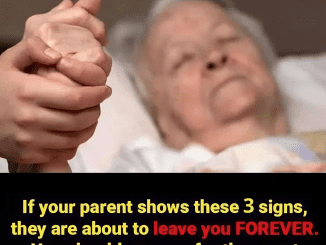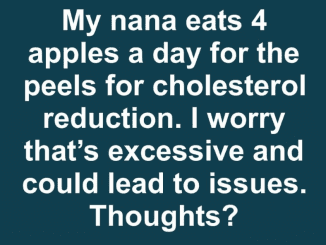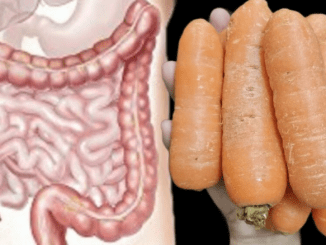
Ever Peeled a Banana and Thought, “What Are These Weird Little Strings?”
We’ve all been there. You peel a banana, ready to enjoy that soft, sweet goodness—and bam! There they are. Those clingy little threads that look out of place and feel even weirder in your mouth. But hold up before you flick them off in disgust. Those “banana strings” actually have a name and a job.
Let’s pull back the peel and get to know them better.
What Are Banana Strings, Anyway?
They’re not some banana defect or leftover plant junk. Those stringy bits have a real name: phloem bundles.
Imagine them as the banana’s internal highway system. Just like our blood vessels carry nutrients throughout our body, phloem bundles transport vital goodies—like water, sugar, and minerals—through the banana as it grows.
Without them? Your banana wouldn’t develop that sweet, creamy flesh we all love. So, while they may look like leftovers from a fruit surgery, they’re actually tiny heroes behind the scenes.
So… Are Banana Strings Safe to Eat?
Yup. 100% safe.
They’re not harmful, toxic, or processed nonsense—they’re part of the banana’s natural anatomy. In fact, they contain fiber and trace nutrients just like the rest of the fruit. If you can handle the slightly different texture (a little more fibrous, a bit less smooth), there’s no reason to toss them.
Think of it this way: peeling off the strings is like cutting the crust off a sandwich—it’s totally preference, but you’re losing some extra nutrition in the process.
Video : What Do Those Weird String Things on a Banana Do to Your Body (@AEGISBODY)
Why Do They Feel So… Off?
Let’s be honest—part of the reason banana strings annoy us is the texture. Bananas are known for that silky-smooth bite. But the phloem bundles? They’re a bit more fibrous, kind of like the stringy bits in celery or the chewy part of an orange peel.
So even though they’re technically edible and nutritious, they interrupt the mouthfeel we’ve come to expect.
It’s not about taste—it’s about texture. And some of us are just not here for it.
A Simple Trick to Avoid Banana Strings
Good news if you’re on Team “No Strings Attached”: there’s a better way to peel your banana.
Instead of peeling from the stem end, try opening it from the bottom end (the part with the small black dot). Believe it or not, that’s how monkeys do it. It gives you a cleaner peel and usually leaves fewer strings clinging to the fruit.
Once it’s peeled, you can run your fingers gently down the sides of the banana to strip off any leftovers. Problem solved—with minimal mess and zero frustration.
Banana Strings = Mini Nutrition Boost
Here’s something wild: those little threads are actually mini bundles of nutrition.
They’re packed with fiber, which supports digestion and helps you feel full longer. That’s a bonus if you’re watching your weight or aiming to get more roughage in your diet.
Some researchers even suggest the phloem may have micronutrients in higher concentrations than the rest of the banana—though you’d need to eat a bunch of strings to get a major impact.
Still, when it comes to food waste and health, every little bit helps.
A Banana’s Full Story Is More Than Just Its Peel
Bananas are more than just a go-to breakfast or smoothie staple. They’re a nutritional goldmine, full of potassium (hello, healthy heart!), vitamin B6, and complex carbs for lasting energy. And now that you know what those pesky strings are, you’re officially banana enlightened.
Here’s a quick breakdown of what’s inside your average medium banana:
- Potassium: 422 mg (great for heart health)
- Vitamin B6: Helps with mood and brain function
- Fiber: Keeps digestion moving
- Natural sugar: Delivers an energy boost without the crash
And yes, that includes those phloem bundles.
Video : The purpose of little strings in bananas
Next Time You Spot Those Strings, Smile Instead of Grimace
They’re not random. They’re not gross. They’re not a mistake.
They’re the unsung workers behind every ripe, sweet banana, making sure nutrients get where they need to go. You can eat them or flick them aside, but now you’ll know—they’re part of the fruit’s story.
So the next time you peel a banana and spot those clingy threads, take a second to appreciate them. After all, they helped make your banana what it is: delicious, nourishing, and surprisingly complex.
And honestly? That’s pretty cool.


